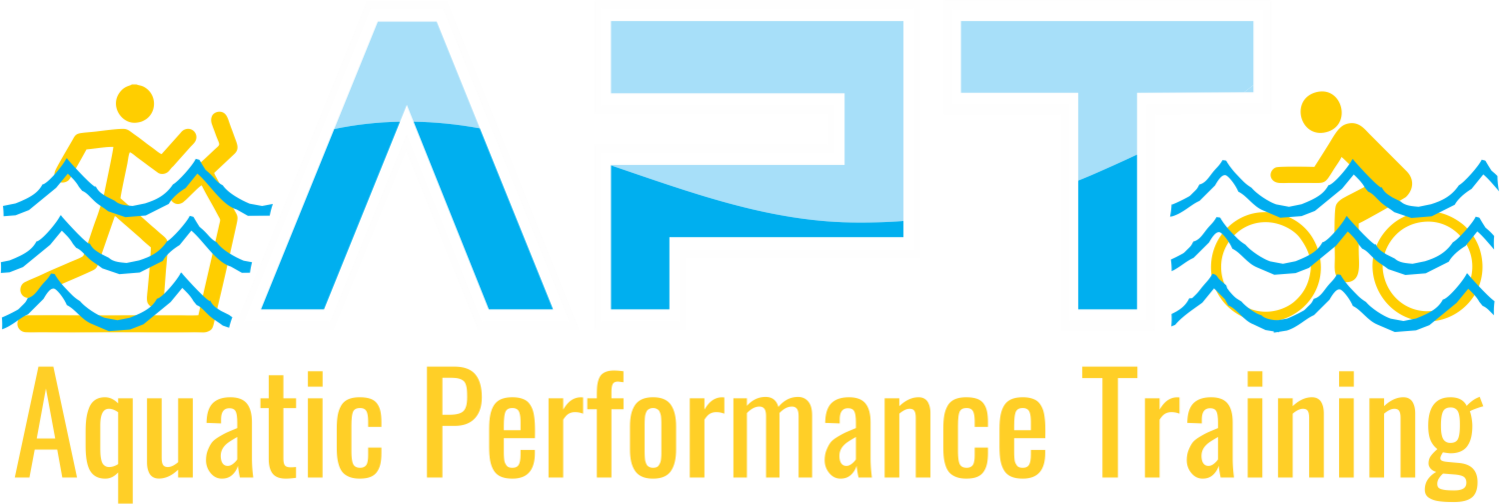How Water-Based Exercise Can Help With Arthritis
Arthritis is a broad term that literally means inflammation of one or more joints in the body. There are many different types of arthritis with different causes and treatments, so it is important to get an accurate diagnosis, but generally symptoms will include tenderness and stiffness around a joint, joint pain and inflammation, restricted movement of the joint, weakness and muscle wasting and red, warm skin over the affected area.
Regular exercise is crucial for managing arthritis, as it helps to reduce pain and increase mobility in the joint. If muscles aren't used regularly they will start to waste away, leaving your body feeling weak and vulnerable, but exercising will increase strength, so that muscles can help support and protect the joints.
However, with arthritis movement can be painful, so naturally you don't want to move. If you suffer from osteoarthritis (the most common type of arthritis) it is usually associated with ageing and wear and tear on the joints, meaning the protective cartilage that cushions the ends of the bones gradually wears away causing pain and stiffness. Becoming immobile is the worst thing for joints, but rather than forcing yourself into a strenuous fitness regime that may be painful and actually cause more harm than good, you need to find activities that suit your individual needs and abilities.
The Benefits of Water-Based Exercise for Arthritis
Water’s buoyancy creates an upward force that counteracts gravity, making it an ideal environment for those with arthritis or joint-related injuries. This unique property is what makes water-based exercise highly beneficial.
How Water Supports Arthritis Management
-
Reduced joint impact – The buoyancy supports your body weight and significantly reduces stress on the joints.
-
Easier movement – Activities like walking, jogging, or jumping—often painful on land—are easier and less painful in water.
-
Improved range of motion – With less gravitational pull, the joints move more freely, enhancing mobility.
Water also provides natural resistance, which challenges your muscles in every direction. This resistance:
-
Slows movement down for better control
-
Strengthens muscle groups around affected joints
-
Increases endurance more efficiently than many land-based exercises
Types of Water-Based Exercise Suitable for Arthritis
There are a variety of aquatic workouts that cater to different fitness levels and preferences:
-
Swimming – A full-body, low-impact workout that’s easy on the joints.
-
Water walking – Walking in chest-deep water improves balance, mobility, and muscle tone. Can be adapted to include:
-
Jogging
-
Leg lunges
-
-
Aquatic group fitness classes – Offered at Aquatic Performance Training, including:
-
Aqua cycling (aquatic bike resistance)
-
Aquatic resistance, strength, and cardio workouts
-
You can use specialised equipment or simply rely on the natural resistance of water. Either way, you'll build strength, stamina, and flexibility—without the pain associated with land-based exercise.
Other Benefits of Aquatic Exercise
Aside from physical improvements, aquatic therapy also supports mental and emotional wellness:
-
Warm water soothes muscles and helps reduce stress.
-
Pain relief makes it easier to stay motivated to exercise.
-
Group classes foster a sense of community and encouragement, helping you stay committed to your health journey.

